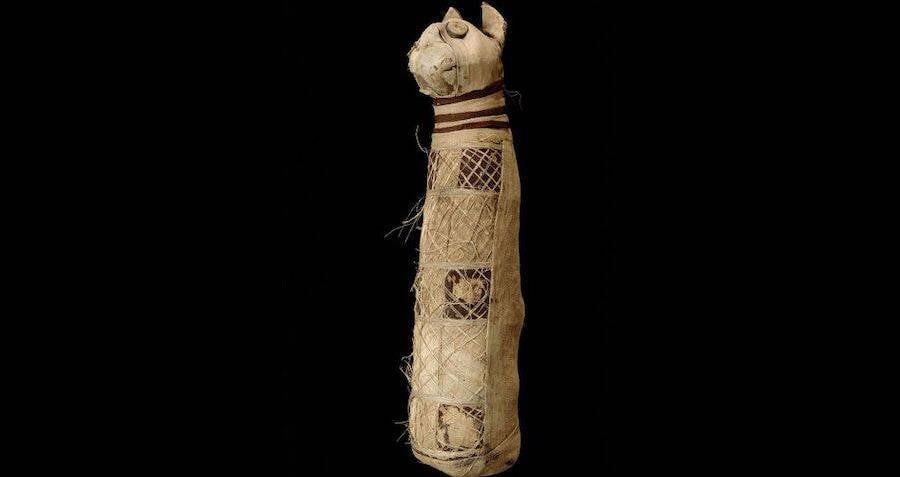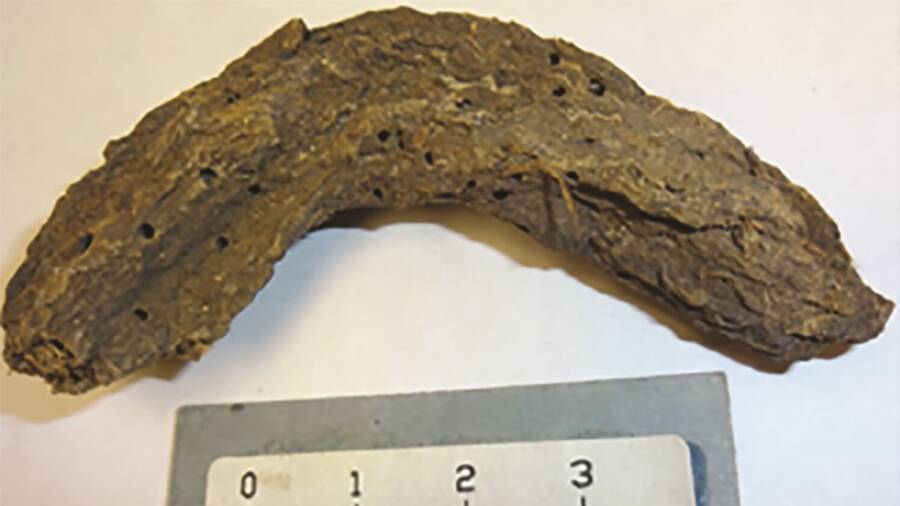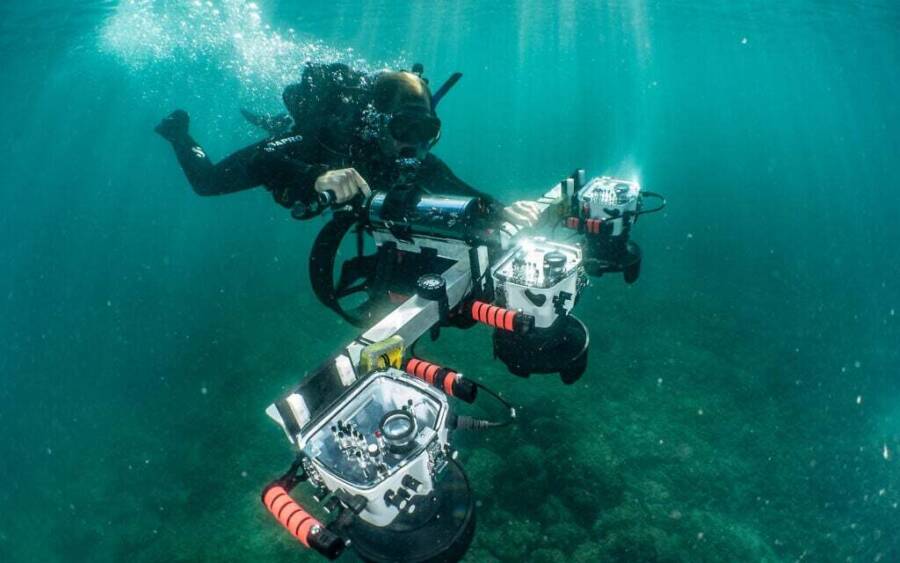Unveiled Secrets: Three Mysterious Cats Found Entombed Within a Single Ancient Egyptian Mummy
So, picture this: you crack open a 2,500-year-old cat mummy expecting to find one mysterious feline from ancient Egypt, but instead, bam—you get a patchwork puzzle of three different cats’ bones, a ball of fabric where the head should be, and a not-so-glamorous absence of ribs or skull. What gives? Were ancient Egyptians just into some seriously creative stuffing, or was this early mummy merch a bit of a hustle? Turns out, thanks to CT scans (yep, high-tech x-rays for the mummy world), researchers uncovered this feline Frankenstein and are now scratching their heads over whether this was a cunning con or just another way to honor their revered kitty gods. Either way, it’s a wild glimpse behind the wrappings that turns ancient ritual on its head—and makes you wonder what other secrets these dusty bundles might hide.
Instead of finding the remains of one whole cat, researchers found a ball of fabric, five hind leg bones, and nothing else.
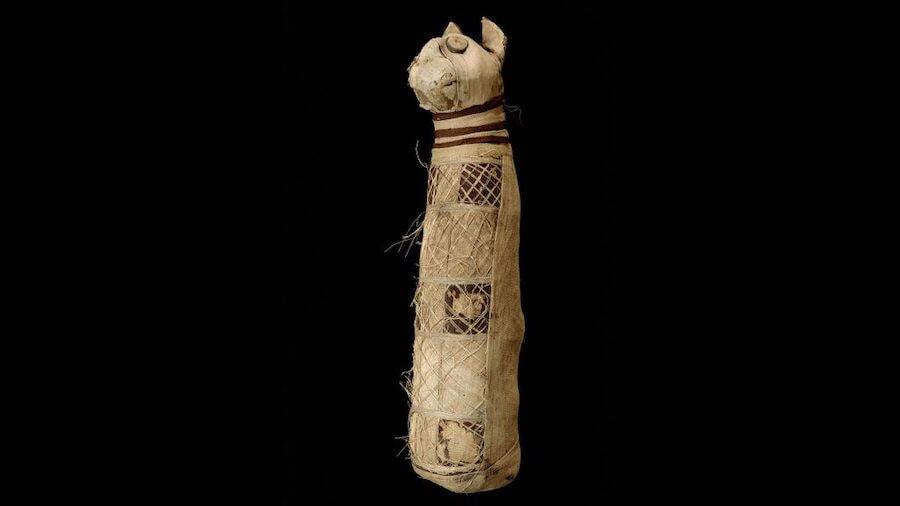
Museum of Fine Arts of RennesThe 2,500-year-old cat mummy had bones from three separate cats inside of it.
The ancient Egyptians had a deep affinity for mummified animals, which were often used as ritual offerings to the gods. These mummies have largely remained a mystery because the heavily wrapped remains are difficult to examine without causing damage.
But with the advancement of technology, archaeologists can now take a peek inside these mummies — without even touching them. Thanks to the use of computerized tomography, better known as CT scanning, a recent scan of a 2,500-year-old cat mummy has yielded some unexpected findings.
According to Live Science, archaeologists found the partial remains of three different cats inside the single feline mummy. Using a CT scan, scientists from France’s National Institute of Preventive Archeological Research (Inrap) recreated 3D images of the cat mummy’s insides.
Researchers found a ball of fabric located where the cat’s head should’ve been. The mummy also had five hind leg bones, all seemingly taken from three separate felines. Besides the haphazard remains and ball of fabric, the mummy was noticeably without ribs, a spine, and a skull.
Recovering partial bones inside a mummy isn’t out of the ordinary, according to Inrap researcher Théophane Nicolas, who took part in the research project. Some animal mummies hold complete single-body remains while others have been known to have only parts of the animal’s remains. Sometimes, researchers even find mummies that are totally empty.
But at a glimpse, this ancient cat mummy, which is part of a collection at the Museum of Fine Arts in Rennes, France, deceptively appears to be a single cat from its perfectly-outlined silhouette.
The scattering of hind bones found inside it, however, have decayed quite a bit and are peppered with tiny holes from scavenging insects. Researchers are still trying to figure out the motive behind the practice of wrapping up partial bones instead of a whole animal.
There are a few theories. The first is that this was simply a business tactic. The need for mummified animals sparked a booming industry during ancient Egyptian times.
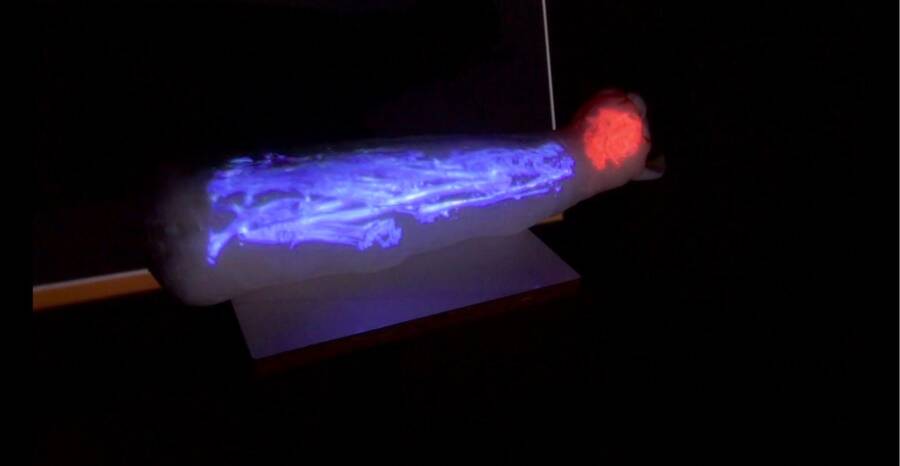
IRISA/INSA RennesResearchers used a CT scan to examine the insides of the cat mummy without damaging it.
Scientists recently discovered evidence that merchants may have hunted and killed certain animals for the sole purpose to be mummified and sold in Ancient Egypt. Because larger mummies sold for more money, many mummy sellers made their mummy products appear bigger than they actually were.
It’s quite a fail-proof operation given there was no way for customers to tell what was inside the animal mummies they purchased. Some experts think this scam operation is the reason why some mummies have been found with only a few animal remains inside them.
However, Nicolas’ team puts forth a different hypothesis.
“Some researchers believe that we are dealing with an ancient scam organized by unscrupulous priests… we believe on the contrary that there are innumerable ways to make animal mummies,” he said in a press release, emphasizing the importance of further research on the subject.
Mummified animals were a pivotal part of ancient Egyptian rituals. During the Late Period, thousands of cat mummies were believed to have been produced in Egypt, along with other mummified creatures. But cats were held in especially high regard due to their connection to Egyptian gods.
But the ancient Egyptians’ love for cats should not be equated with worship. As Antonietta Catanzariti, the assistant curator of the Ancient Near East section of the Freer and Sackler Galleries at the Smithsonian, explained, they simply admired the sophisticated prowess of felines.
“What they were [actually] doing was associating cats to specific deities because of their attitude, how they were behaving in the natural world,” Catanzariti said. “Everything had a meaning. A cat protecting the house from mice. Or it might just protect kittens. These were attitudes that were attributed to a specific goddess.”
